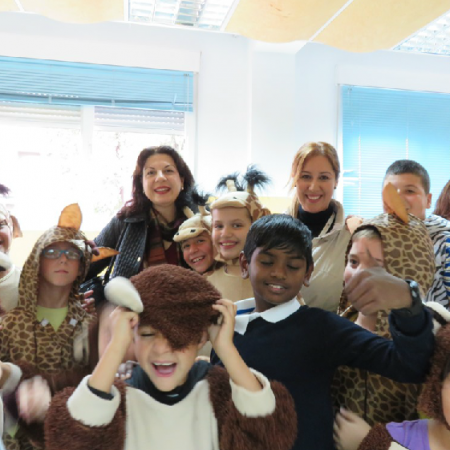Module 4 – Teaching Reading

The ability to read effectively is fundamental in our society. We read for pleasure and enjoyment when reading a novel, to follow guidelines when reading a recipe, to get basic information when reading the instructions of a gadget. We read long fragments –such as texts in Wikipedia– and short ones –such as instant text messages. Teaching reading in a second language (L2) for these different purposes is a demanding task. Besides, reading with very young children often requires a different approach to teaching reading skills to older learners, who may be cognitively closer to us. These learners may not yet be able to read well in their own language so dealing with a different language may bring up extra difficulties. Another relevant issue is concentration: young learners have much shorter attention spans than older ones. And as they get older, not all children like reading (as they like speaking, for instance!), which is an additional complication.
In this chapter we will explain how our brain processes the information to fit it within the cognitive structures of the individual reader and will provide teachers with some useful tools and activities to teach L2 reading to young learners.
Course Features
- Lectures 9
- Quizzes 1
- Duration 50 hours
- Skill level All levels
- Language English
- Students 28
- Assessments Self
-
Lecture
-
Teacher Education Tasks
-
Assessment & Reflection
-
Activities
-
References






